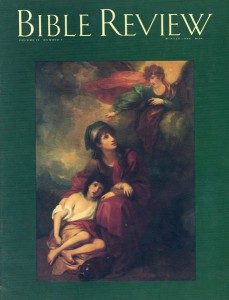We usually think of exegesis as the external interpretation of a text, and of biblical exegesis as interpretation external to the Bible. Exegesis of the Hebrew Bible began, however, long before the canon closed and the text became fixed. And this exegesis, or interpretation, can be identified within the sacred text itself. I call this kind of textual interpretation inner biblical exegesis.
In short, the Hebrew Bible not only sponsored a monumental culture of textual exegesis (the rabbinic corpus) but the Bible itself was its own first product. Without any attempt to be comprehensive, I would like to explore a few examples illustrating the ways the Hebrew Bible was exegetically revised and even reauthorized during the course of many centuries, and how older traditions fostered new insights which, in turn, thickened the intertextual matrix of the culture and conditioned its imagination.
In the beginning, the ancient Hebrew composers theologically adapted and historicized ancient Near Eastern myths; nomadic recollections were revised in order to promote the prestige and claims of tribal ancestors; and repeated narrative themes were reworked with new moral or theological considerations in mind.
Already a library member? Log in here.
Institution user? Log in with your IP address.

